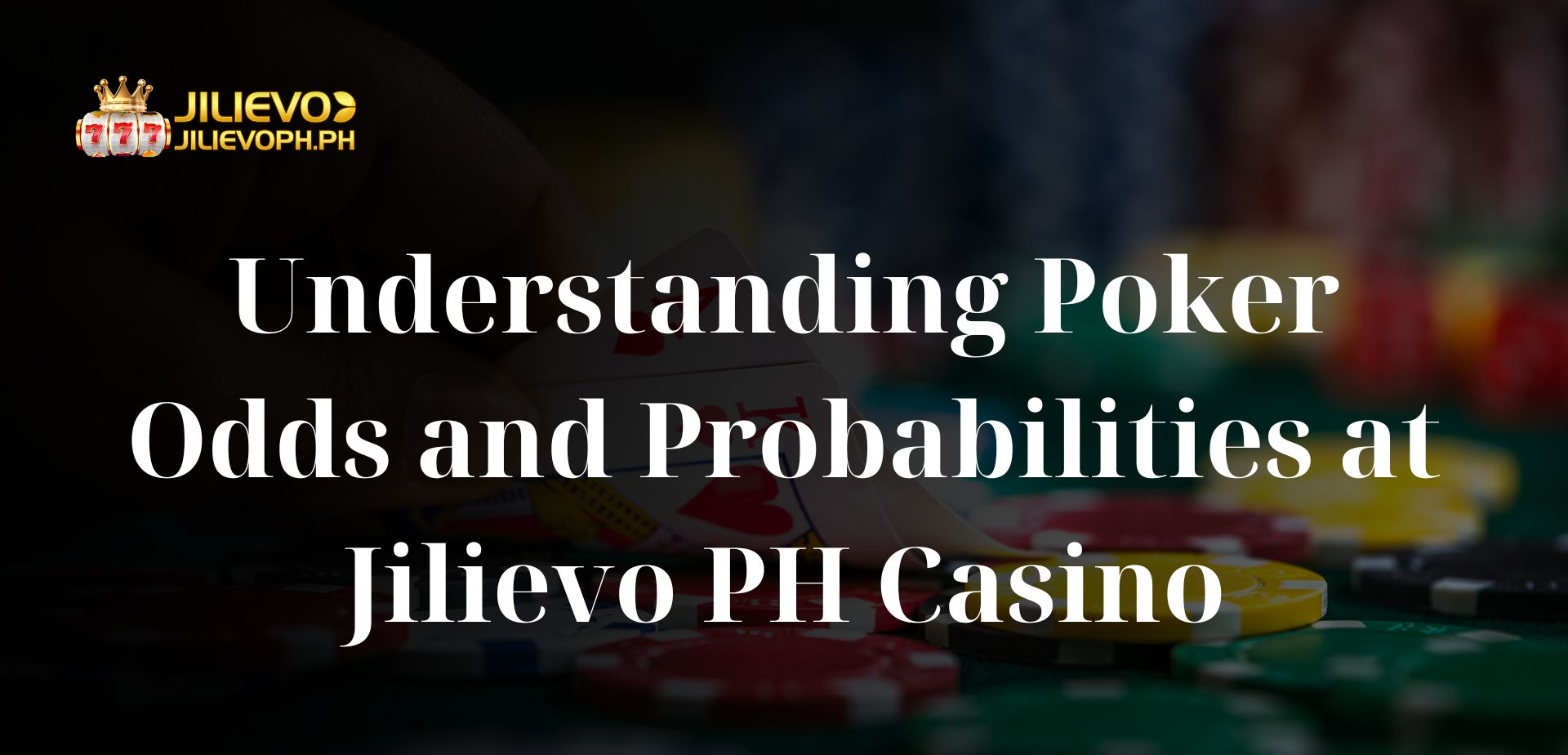Poker isn't merely a matter of chance; it’s a tactical endeavor where grasping the odds and probabilities significantly enhances your gameplay. Whether you're a seasoned pro or just starting out, deciphering the mathematics behind poker is essential for making savvy choices, executing bluffs effectively, and ultimately increasing your wins. This comprehensive guide will explore poker odds and probabilities equip you with the knowledge needed to assess your winning potential and outmaneuver your competition.
Table of Contents
Toggle- Fundamentals of Poker Odds and Probabilities
- Understand the Fundamentals
- Calculating Poker Odds
- The Importance of Probabilities
- Categories of Poker Odds and Probabilities
- Leveraging Probabilities for Effective Bluffs and Counter-Bluffs
- Resources and Tools for Mastering Poker Odds
- Common Mistakes and Misconceptions
- Conclusion
- FAQs
Fundamentals of Poker Odds and Probabilities
To truly grasp the essentials of poker odds and probabilities, keep these key insights in mind:
- Poker odds are pivotal for players looking to elevate their game and secure victories.
- Understanding the odds involves grasping concepts like 'outs' and the probabilities at play.
- Probability is fundamental in shaping the outcomes of poker hands.
- Calculating poker odds becomes crucial for making calculated decisions while at the table.
- Beginners can gain a solid footing in poker odds through guides designed for those new to the game.
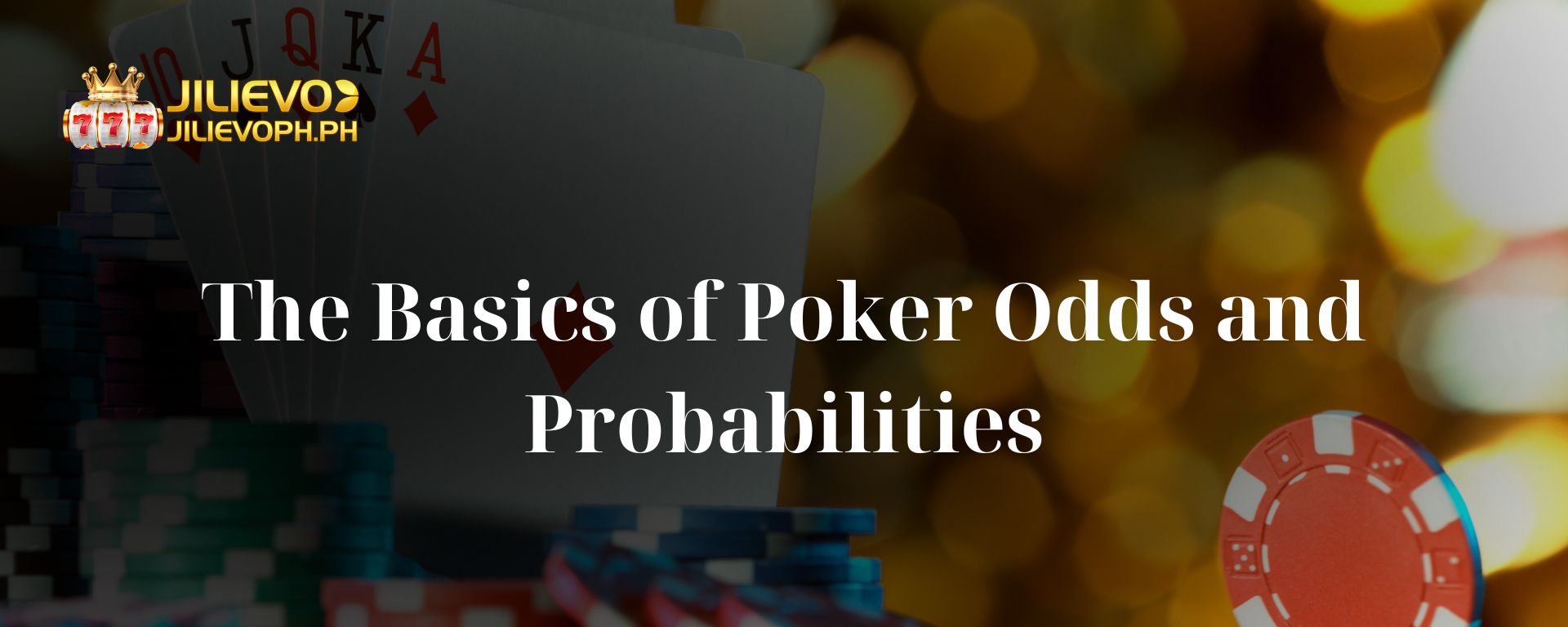
These insights underscore the significance of mastering poker odds and probabilities in making strategic plays.
Understand the Fundamentals
Familiarizing yourself with the basics is key in poker—a game where mathematics and choices hold weight. Let's simplify it:
- Odds represent how likely it is for a certain event to occur.
- Probabilities provide insight into how frequently you can anticipate a specific outcome among all possibilities.
For instance:
- For example, if you flip a coin, the odds of landing heads are even (1 to 1).
- The probability of landing heads is 50%.
Calculating Poker Odds
Mastering the quick calculation of poker odds is an invaluable skill. Here’s how to approach it:
- Utilize the 4 and 2 rule: a rapid way to gauge your chances of winning.
- Post-flop: Take the number of beneficial cards that can enhance your hand (outs) and multiply by 4.
- After the turn: Multiply your outs by 2.
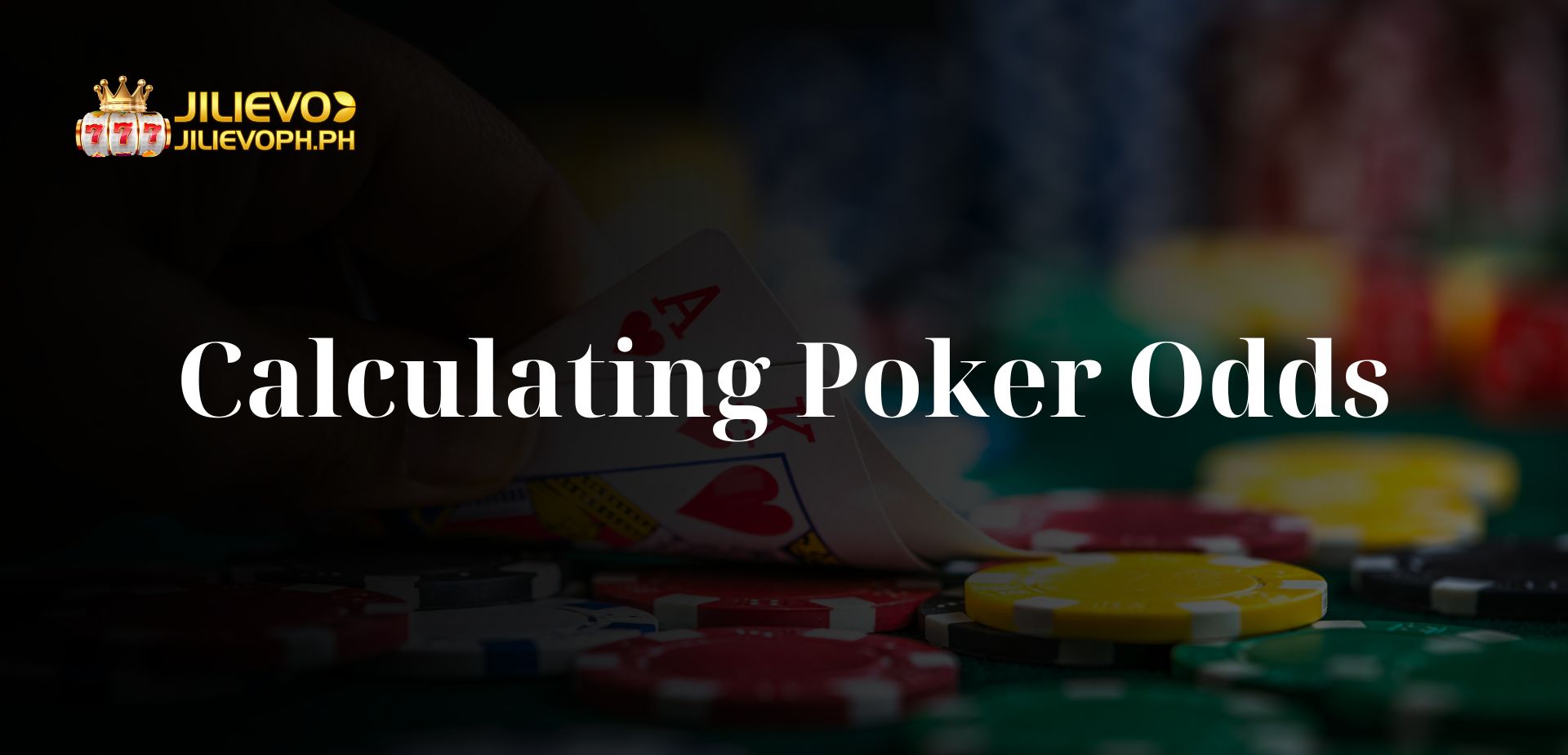
This gives you a rough percentage indicating your probability of securing a win.
The Importance of Probabilities
Having a grip on poker probabilities is paramount for triumph at the tables. By calculating the likelihood of various outcomes, like card combinations or overall game results, players can refine their strategies and boost their chances of victory. Despite the inherent randomness of poker, a solid foundation in probability and game theory can dramatically impact a player's success.
Categories of Poker Odds and Probabilities
Throughout the various phases of the game, different opportunities and risks present themselves. Let’s dissect the odds and probabilities relevant at each stage.
- Poker Outs and Probabilities
- Long-Shot Odds in Texas Holdem
- Probability Assessment of Poker Hands with Various Scenarios
- Preflop Poker Odds
- Implied Odds and Reverse Implied Odds
Poker Outs and Probabilities
Poker Outs and Probabilities pertain to the odds of drawing a specific card or combination of cards that can upgrade a player's hand during the game.
Here are some vital insights regarding Poker Outs and Probabilities:
- Poker Outs: 'Outs' indicate the number of cards that can enhance your hand. For instance, if you have a pocket pair of sixes and the flop reveals no sixes, you have four outs (the other sixes remaining in the deck).
- Probabilities: These quantify the likelihood of a particular result occurring, presented as a percentage or ratio. For example, the chance of hitting a straight on the flop with two consecutive cards is 1.3%.
- Calculating Poker Outs and Probabilities: To determine the likelihood of landing a certain card or combination, it's essential to identify the number of outs and the overall deck size.
Consider this: if four outs are available (the leftover sixes) and there are 52 cards total, your probability of hitting a six is 4 out of 52, or approximately 7.69%.
- Utilizing Poker Outs and Probabilities in Decision-Making: Players factor these probabilities into their choices of whether to call, raise, or fold during a hand. If a player possesses a trustworthy hand but the chance of improving it appears slim, they might opt to fold to avoid further losses.
Understanding the odds and probabilities surrounding various hands and scenarios assists players in enhancing their win rate and curbing their losses.
Long-Shot Odds in Texas Holdem
In Texas Hold 'em, long-shot odds describe situations where the likelihood of winning is notably low. Such odds denote ventures with minimal chances of triumph.
To understand long-shot odds in Texas Hold 'em, consider being dealt a specific pocket pair like pocket twos (2-2).
- Count the ways you can be dealt pocket twos: there are six combinations for pocket twos (2♠ 2♦, 2♠ 2♣, 2♠ 2♥, 2♦ 2♣, 2♦ 2♥, 2♣ 2♥).
- Know the total possible starting hands: in Texas Hold 'em, there are exactly 1,326 potential starting combinations.
- Now, calculate the probability: divide the number of ways to get pocket twos by the total possible hands:
- Probability = (Number of ways to receive pocket twos) / (Total number of possible starting hands)
- = 6 / 1,326
- ≈ 0.0045 or approximately 0.45%
As a result, the long-shot odds for being dealt pocket twos in Texas Hold 'em hover around 0.45%.
Probability Assessment of Poker Hands with Variations
The likelihood of achieving a Royal Flush stands at 1 in 649,740, a Straight Flush at 1 in 72,192, a Full House at 1 in 3,744, a Flush at 1 in 511, a Straight at 1 in 2,598, a Three of a Kind at 1 in 47, a Two Pair at 1 in 210, a Pair at 1 in 2.5, and a High Card at 1 in 1.
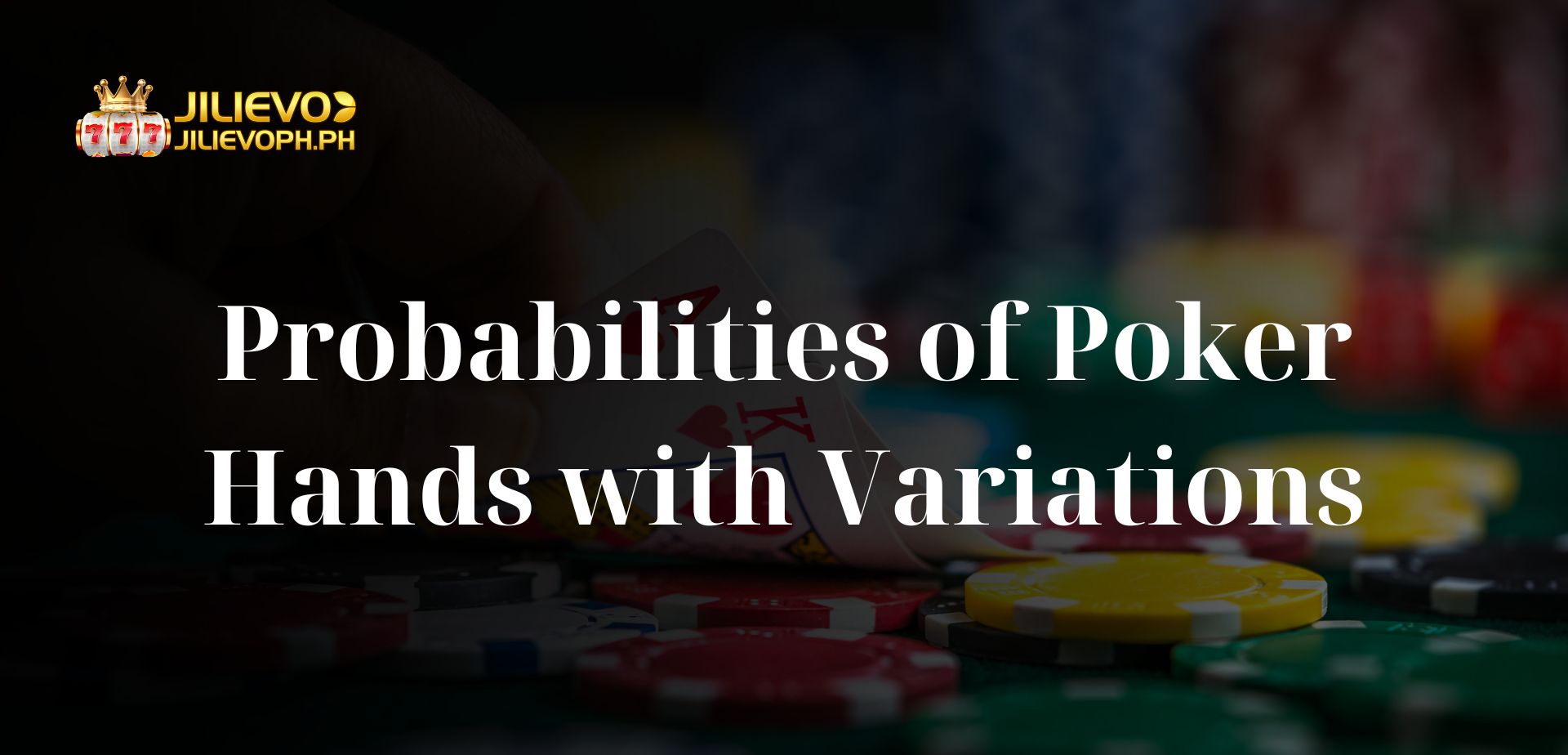
Preflop Probabilities
The game kicks off even before the flop. Being aware of the odds tied to specific starting hands can provide a significant advantage. For example:
- Odds of getting a pocket pair: 16 to 1
- The odds of landing suited connectors are roughly 24 to 1.
Your position at the table also plays a critical role; being in a later position allows you to make more informed decisions based on how others are acting first.
For instance: if you're positioned late and witness everyone folding before you, playing suited connectors could become more enticing, as you possess more information and fewer opponents to contend with.
Implied Odds and Reverse Implied Odds
Implied odds and reverse implied odds are advanced but valuable concepts for strategic betting. Here’s a simpler way to understand them:
- Implied Odds: Consider the potential money you could win later if you successfully complete your hand. In no-limit games, these can justify making a call, even if the current odds aren’t in your favor.
- Reverse Implied Odds: Think about the losses you could incur if you achieve your desired hand but still fail to capture the pot. These demand a thorough understanding of the game and predictions about future actions.
Both notions assist you in making smarter choices, extending beyond simply analyzing present odds.
Leveraging Probabilities for Effective Bluffs and Counter-Bluffs
Bluffing and counter-bluffing boil down to employing mathematical principles to gain the upper hand. Here’s a straightforward overview:
- Bluffing: Employ your knowledge of odds to execute a bluff at an opportune moment. If the chances of your opponent holding a strong hand appear slim, you can bluff to induce them to fold.
- Counter-Bluffing: Recognize when an opponent might be bluffing by assessing the odds of their likely hand based on their betting behavior. This insight can aid in determining whether to challenge their bluff.
For example: If the flop presents three hearts and you know your opponent tends to play cautiously with flush possibilities, but they suddenly place a large bet, you might suspect they’re bluffing, especially if you have a heart card yourself, diminishing their chances of achieving a flush. In that case, you might choose to call or raise to counter their bluff.
Resources and Tools for Mastering Poker Odds
Thankfully, mastering poker odds and probabilities doesn’t have to be an isolated endeavor. A variety of tools and resources can support your journey:
- Poker odds calculators can quickly provide insights into your winning chances during practice.
- Books and online tutorials offer comprehensive explorations of the mathematical aspects of poker and strategic guidance.
- Regular practice and analysis of your hands, using software that highlights your odds at every critical juncture, can elevate your gameplay.
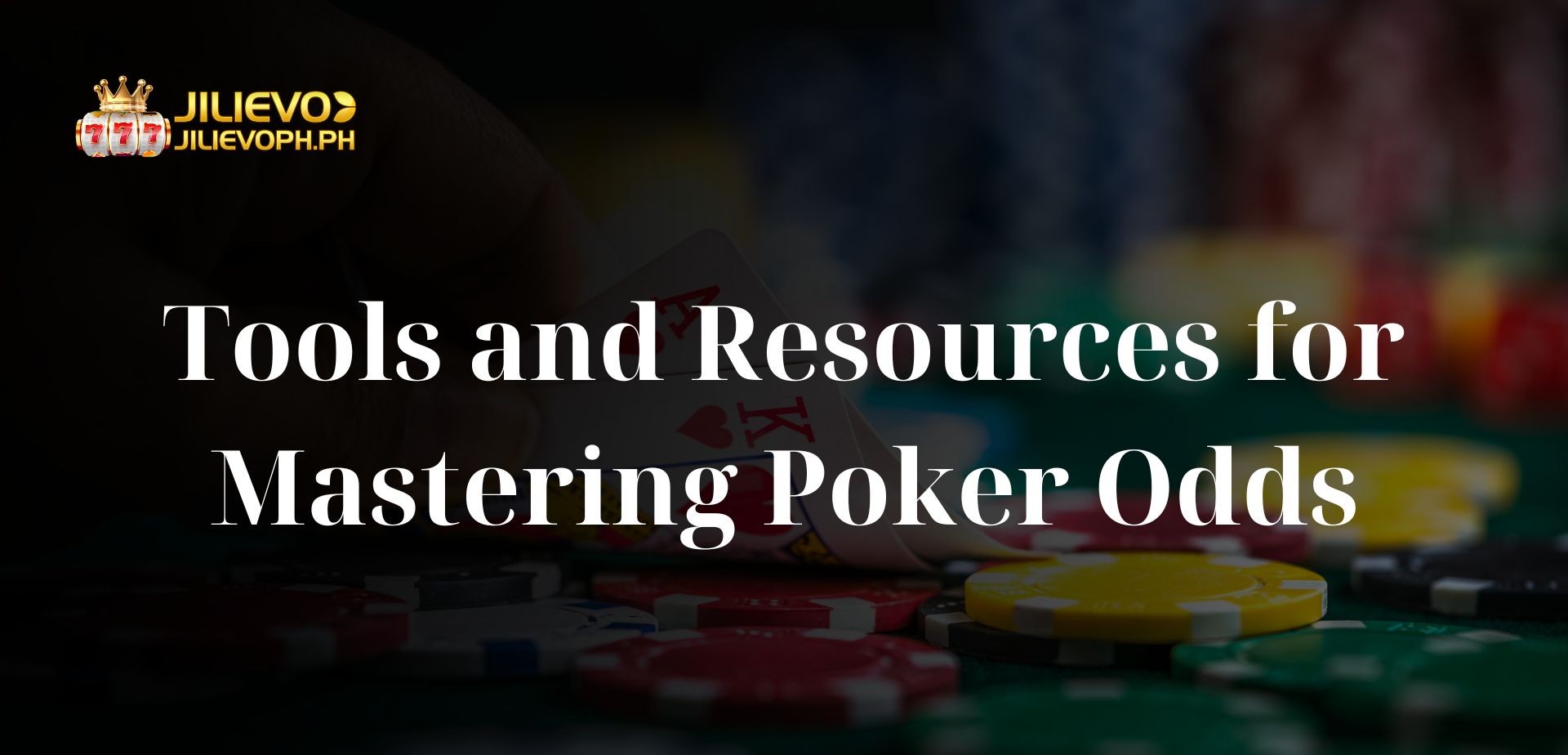
Common Mistakes and Misconceptions
Here are some common pitfalls and misunderstandings in the world of poker:
- Misinterpreting Odds and Probabilities
Failing to accurately interpret odds and probabilities can lead players into costly miscalculations. For instance, if you think your chances of winning are 60%, keep in mind there’s still a 40% risk of losing. Acknowledging this helps ward off overconfidence and promotes smarter choices.
- Balancing Luck and Skill
While knowledge of poker mathematics can undoubtedly strengthen your game, always remember that luck plays a role. The trick lies in making decisions that yield positive outcomes over time. Balancing an understanding of luck with robust strategy enhances your overall poker skills.
Conclusion
Having a solid grasp of poker odds and probabilities at ' Casino is essential for elevating your gameplay. Whether you’re evaluating the strength of your hand or deciding your next move, getting a handle on poker mathematics can flip narrow misses into victories and transform losses into valuable lessons. When you implement these strategies, you’re not merely dealing cards—you’re strategically navigating the odds, a surefire approach in any poker scenario. Jilievo The likelihood of a certain result occurring.
FAQs
What are poker odds?
Utilize the 'Rule of 4 and 2' for a quick approximation: after the flop, take your outs and multiply by four, or by two if you're on the turn.
How do you calculate poker odds?
Your potential future payout is linked to the current cost of a call you might make.
What are implied odds?
Why does understanding probabilities matter in poker?
It empowers you to make calculated choices on whether to fold, call, or raise your bets.
While math sharpens your decision-making skills, don’t forget that luck is also a player in the game.
Can I always trust the math in poker?
Bluff when the odds indicate that your adversary likely doesn't possess a strong hand.
How can I use probabilities to bluff?
What steps should I take if I encounter continuous losses despite favorable odds?
Maintain your composure and concentrate on making choices that offer a positive expected value; over time, the outcomes will eventually balance out.
Address: 1785 E Rodriguez Sr. Ave, Quezon City, 4332 Metro Manila

